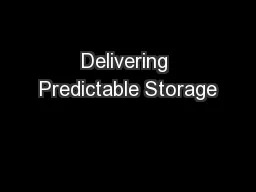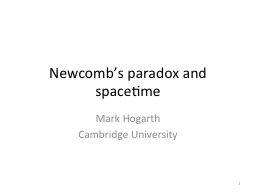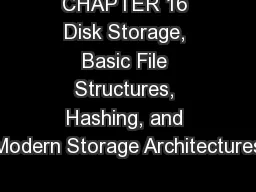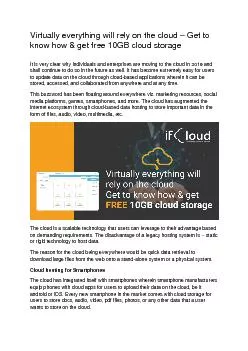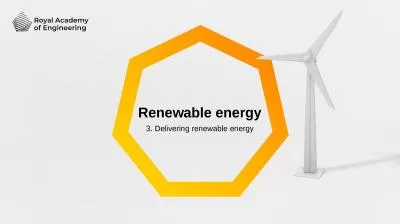PPT-Delivering Predictable Storage
Author : lindy-dunigan | Published Date : 2017-12-20
Performance with Storage Quality of Service Patrick Lang CDPB323 Private Clouds Many VMs Workloads Tenants Compute servers Shared storage clusters Scaleout File
Presentation Embed Code
Download Presentation
Download Presentation The PPT/PDF document "Delivering Predictable Storage" is the property of its rightful owner. Permission is granted to download and print the materials on this website for personal, non-commercial use only, and to display it on your personal computer provided you do not modify the materials and that you retain all copyright notices contained in the materials. By downloading content from our website, you accept the terms of this agreement.
Delivering Predictable Storage: Transcript
Download Rules Of Document
"Delivering Predictable Storage"The content belongs to its owner. You may download and print it for personal use, without modification, and keep all copyright notices. By downloading, you agree to these terms.
Related Documents

